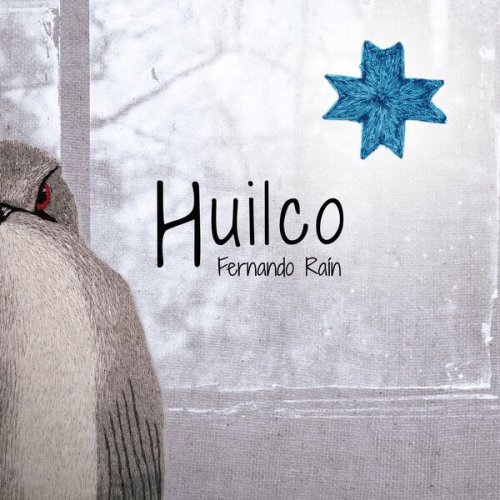John Potter - Josquin & Victoria: Secret History (2017) [CD-Rip]

Artist: John Potter
Title: Josquin & Victoria: Secret History
Year Of Release: 2017
Label: ECM New Series
Genre: Classical
Quality: FLAC (image + .cue, log, artwork)
Total Time: 01:08:19
Total Size: 235 MB
WebSite: Album Preview
Tracklist:Title: Josquin & Victoria: Secret History
Year Of Release: 2017
Label: ECM New Series
Genre: Classical
Quality: FLAC (image + .cue, log, artwork)
Total Time: 01:08:19
Total Size: 235 MB
WebSite: Album Preview
01] Jean Mouton: Nesciens mater
02] Jacob Heringman: Prelude I
03] Tomás Luis de Victoria: Missa 'Surge Propera' - Kyrie
04] Jacob Heringman: Prelude II
05] Tomás Luis de Victoria: Missa 'Surge Propera' - Gloria
06] Jacob Heringman: Prelude III
07] Tomás Luis de Victoria: Missa 'Surge Propera' - Credo
08] Jacob Heringman: Prelude IV
09] Tomás Luis de Victoria: Missa 'Surge Propera' - Sanctus
10] Tomás Luis de Victoria: Missa 'Surge Propera' - Benedictus
11] Jacob Heringman: Prelude V
12] Tomás Luis de Victoria: Missa 'Surge Propera' - Agnus Dei
13] Inviolata (chant)
14] Josquin Desprez: Inviolata
15] Josquin Desprez: Absalon fili mi
16] Obsecro te (chant)
17] Josquin Desprez: Obsecro te
18] Josquin Desprez: Salve regina
19] Benedicta es (chant)
20] Josquin Desprez: Benedicta es
21] Josquin Desprez: Nymphes de Bois
22] Tomás Luis de Victoria: O magnum mysterium
This is a performance of a mass by Tomás Luis de Victoria and motets by Josquin Des Prez (and one by Jean Mouton), interspersed with original vihuela pieces, primarily improvised, by vihuelist Jacob Heringman. The "secret history" referred to in the title is not really history (or perhaps it's just too secret): the polyphonic music of Victoria and Josquin is deconstructed and sung in an unorthodox way, with paired singers, one or more viheulas, and, on a few pieces, viola da gamba. Singer and director John Potter seems to suggest that the music, as with chansons and motets of the Renaissance, circulated in this way. The evidence for this is thin (none is actually adduced here), but the concept doesn't seem foreign to the Renaissance mind, and it enables the performers to extract unique features, such as vocal canons, from the texture. The results should be classed as purely speculative, but for the listener it works, partly because of the familiarity of the idea, which works better with the motets, where it might actually have been applied (sample Absalon fili mi). And the performers, who include vocalist Anna Maria Friman and the American-Dutch pair of vihuelist Lee Santana and gambist Hille Perl, seem to take to the textures: whatever you think of the historical validity of what they're doing, the group makes music that hangs together. As to ECM's sound from the Propstei St. Gerold in Austria there can be little debate; producer Manfred Eicher provides a model of clarity and intimacy in this music. An intriguing experiment from ECM, recorded in 2011, but for unspecified reasons released only in 2017. -- James Manheim
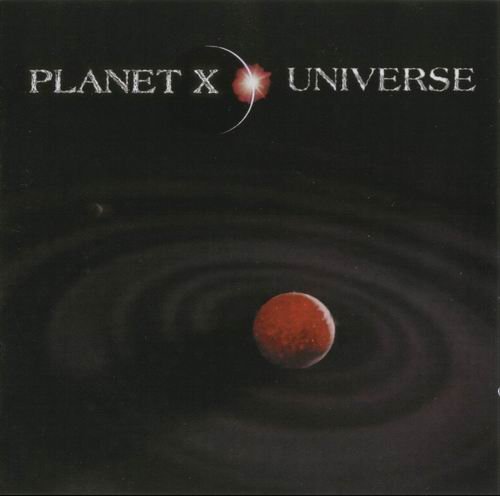
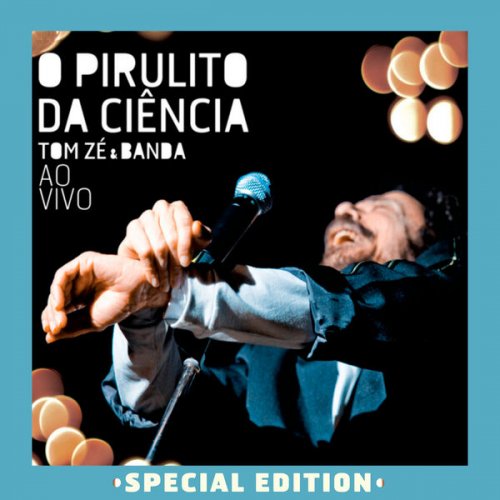
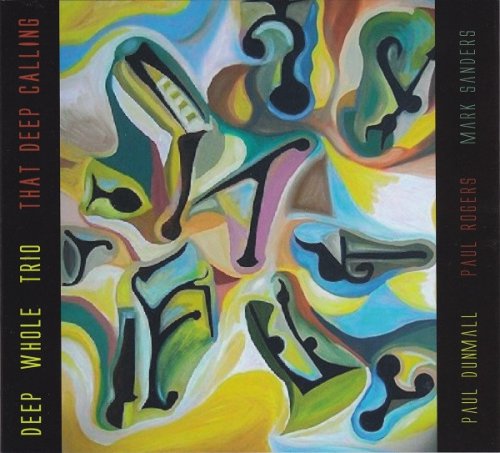



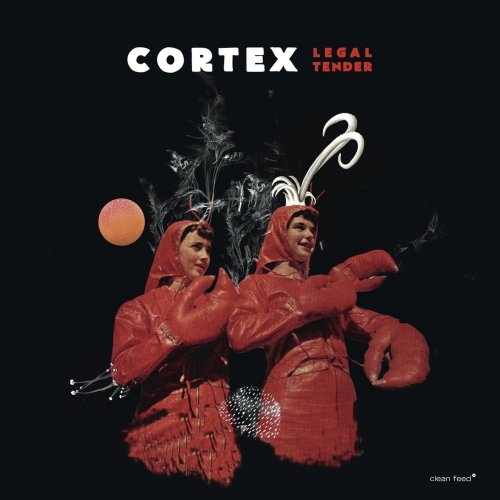
![NYO Jazz - Live in Johannesburg (Live) (2025) [Hi-Res] NYO Jazz - Live in Johannesburg (Live) (2025) [Hi-Res]](https://www.dibpic.com/uploads/posts/2025-12/1765894703_zwp14vk90corb_600.jpg)
